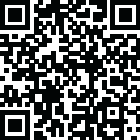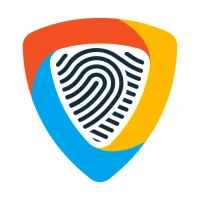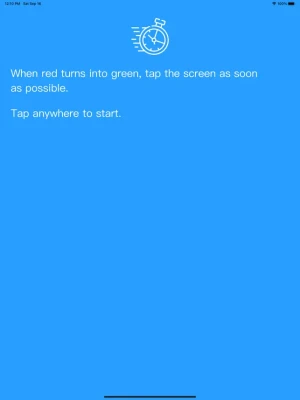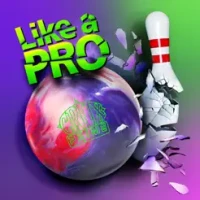
Latest Version
1.2\"},{\"releaseDate\":\"2023-09-26
October 18, 2025
Challenge your limits
Games
iOS
31.1 MB
0
Free
Report a Problem
More About Reaction Time Test - How fast?
Test Your Reaction Time: How Fast Can You Tap When the Light Turns Green?
Are you ready to challenge your limits and discover just how quick your reflexes are? Testing your reaction time can be both fun and enlightening. In this article, we will explore various methods to measure your reaction speed, the science behind it, and tips to improve your performance. Let’s dive in!
Understanding Reaction Time
Reaction time is the interval between the presentation of a stimulus and the initiation of a response. It plays a crucial role in various activities, from sports to everyday tasks. The faster your reaction time, the better you can respond to unexpected situations. But what factors influence this speed?
Factors Affecting Reaction Time
Several elements can impact your reaction time, including:
- Age: Younger individuals typically have quicker reaction times compared to older adults.
- Gender: Studies suggest that men may have slightly faster reaction times than women, although this can vary.
- Physical Fitness: Regular exercise can enhance your overall reflexes and coordination.
- Distractions: External factors, such as noise or visual distractions, can slow down your response time.
- Practice: Like any skill, the more you practice, the better you become.
How to Test Your Reaction Time
There are various ways to measure your reaction time, from simple online tests to more sophisticated methods. Here are a few popular options:
1. Online Reaction Time Tests
Numerous websites offer free reaction time tests. These typically involve clicking a button as soon as a visual cue appears. The results are displayed instantly, giving you a quick assessment of your reflexes.
2. Smartphone Apps
Many mobile applications are designed to test and improve your reaction time. These apps often include games that require quick taps or swipes, making the process engaging and enjoyable.
3. DIY Reaction Time Test
If you prefer a hands-on approach, you can create your own reaction time test using a ruler. Have a friend hold a ruler vertically, and without warning, drop it. Your task is to catch it as quickly as possible. Measure the distance it fell before you caught it to determine your reaction time.
Improving Your Reaction Time
Once you’ve tested your reaction time, you might want to enhance it. Here are some effective strategies:
1. Practice Regularly
Consistent practice is key to improving your reflexes. Engage in activities that require quick responses, such as playing video games, sports, or even simple reaction drills.
2. Stay Physically Active
Regular exercise not only boosts your overall health but also sharpens your reflexes. Activities like running, swimming, or martial arts can significantly enhance your reaction time.
3. Focus on Hand-Eye Coordination
Improving your hand-eye coordination can lead to faster reaction times. Try activities like juggling, playing catch, or using reaction balls to develop this skill.
4. Get Enough Sleep
A well-rested mind and body perform better. Ensure you get adequate sleep to maintain optimal cognitive function and reaction speed.
Conclusion: Challenge Your Limits
Testing and improving your reaction time can be a rewarding experience. Whether you’re looking to enhance your performance in sports or simply want to challenge yourself, understanding the factors that influence your reflexes and practicing regularly can lead to significant improvements. So, how fast can you tap when the light turns green? It’s time to find out and push your limits!
Remember, the journey to better reaction time is not just about speed; it’s about enjoying the process and celebrating your progress along the way. Start testing today and see how you can improve!
Rate the App
User Reviews
Popular Apps










Editor's Choice





























